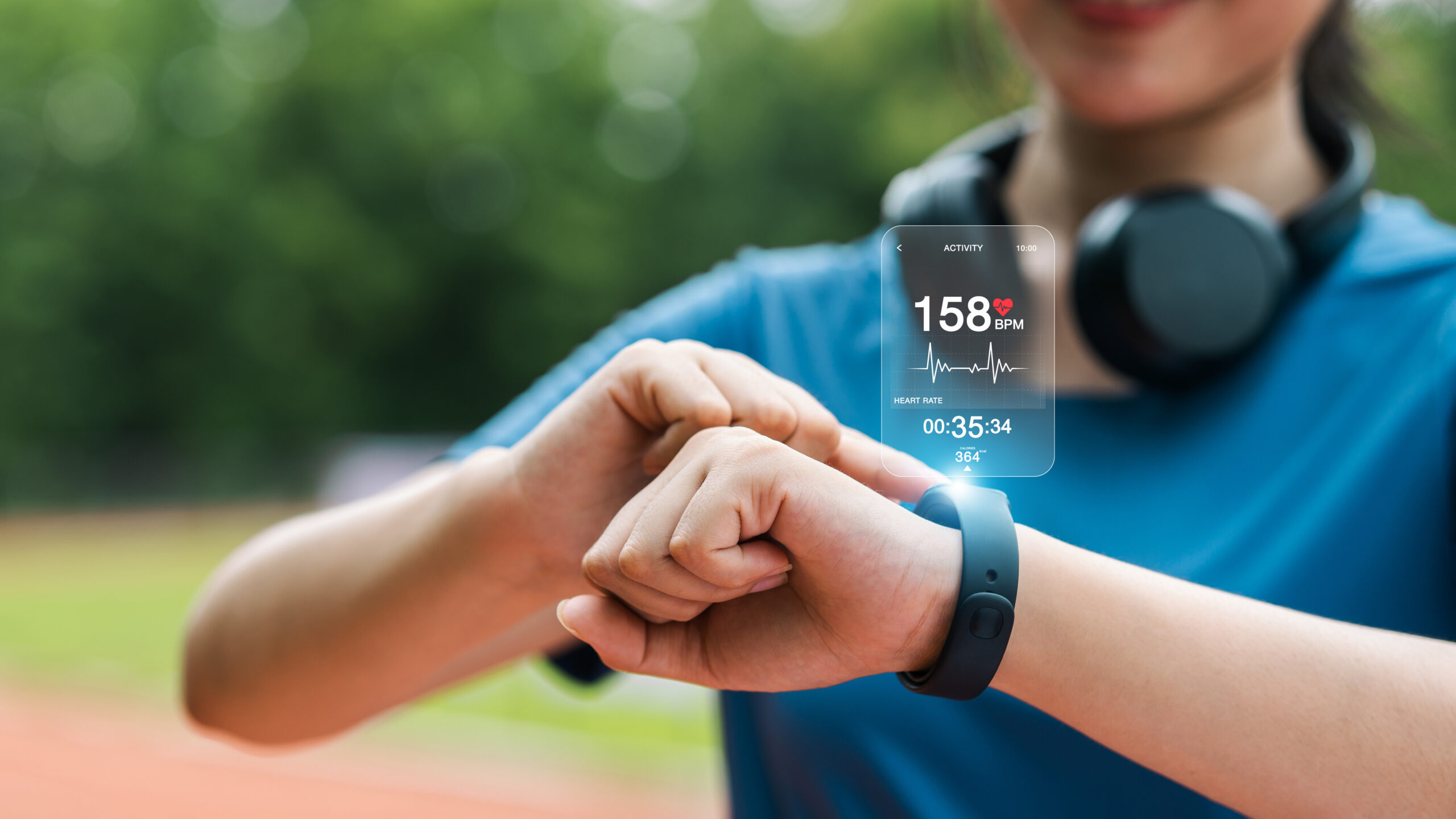The Changing Face of Fitness
The fitness industry has evolved dramatically over the last decade. Gone are the days when going to the gym simply meant lifting weights or running on a treadmill. Technology has disrupted the way people engage with fitness, offering new tools that enhance workouts, improve tracking, and create more personalized experiences. One of the most exciting advancements in this space is the integration of high-quality video content into gyms, and I firmly believe this is where the industry is headed.
Video integration isn’t just a passing trend—it’s the natural next step in the fitness evolution. With consumer expectations shifting toward more engaging, on-demand, and interactive experiences, gyms that fail to adopt video technology risk falling behind. Let’s dive into why video integration is shaping the future of gyms and how it’s enhancing the fitness journey for members everywhere.
The Rise of Digital Fitness Experiences
We live in an era where convenience and accessibility are key. The explosion of home fitness platforms like Peloton, Tonal, and Mirror has proven that people want high-quality workouts that fit their schedules. Streaming workout classes, guided virtual coaching, and AI-driven fitness tracking have redefined how individuals engage with exercise.
Gyms now have the opportunity to bring this same level of engagement into their physical spaces. By incorporating on-demand and live video classes, gyms can offer members a hybrid model that combines the best of in-person training with the flexibility of digital fitness. Whether it’s through large video screens in studio spaces, interactive training stations, or app-based virtual coaching, video integration allows gyms to cater to modern fitness enthusiasts who want variety and personalization.
Enhancing Member Engagement and Retention
One of the biggest challenges in the gym industry is keeping members engaged. Many people sign up for a gym membership but struggle to stay consistent due to lack of motivation or variety in their workouts. Video integration helps solve this problem by offering an ever-expanding library of content that keeps workouts fresh and exciting.
Imagine walking into a gym and having access to a rotating selection of guided workouts, from strength training to HIIT and yoga—all available at the touch of a button. This not only enhances the member experience but also keeps them coming back. When members feel like they’re getting ongoing value and innovation, retention rates naturally improve.
Bringing High-Quality Coaching to More People
Not everyone can afford one-on-one personal training, but many gym-goers still crave expert guidance. Video-based fitness solutions help bridge this gap by offering high-level coaching at scale. Through pre-recorded or live-streamed sessions, members can follow workouts designed by elite trainers without the high price tag of personal coaching.
This democratization of fitness instruction means that more people can benefit from expert-designed workout programs, improving their form, technique, and overall fitness journey. It also provides an opportunity for gyms to partner with renowned trainers and fitness influencers to bring exclusive content to their members.
The Power of Data and AI-Driven Customization
The integration of video technology into gyms isn’t just about delivering content—it’s also about leveraging data to create personalized experiences. Wearable devices, smart equipment, and AI-driven analytics can track a user’s performance and recommend specific video workouts based on their fitness level, goals, and progress.
For example, if a member consistently struggles with endurance, the system might suggest targeted HIIT workouts to improve stamina. If another member is recovering from an injury, the system could recommend lower-impact exercises focused on mobility and flexibility. The result is a highly customized experience that keeps members engaged and on track with their goals.
Creating a Community Beyond the Gym Floor
Fitness has always been more than just physical activity—it’s about community. Video integration allows gyms to extend their sense of community beyond the walls of their facility. By offering members access to live-streamed classes, interactive group challenges, and virtual coaching sessions, gyms can foster a sense of belonging that keeps members motivated even when they can’t make it in person.
Additionally, video-based social features—such as leaderboards, progress tracking, and virtual competition—can create an added layer of motivation and accountability. Members can celebrate achievements, challenge friends, and stay engaged with the gym’s culture even when working out remotely.
The Future is Hybrid: Combining Digital and In-Person Training
The future of fitness isn’t about choosing between digital and in-person training—it’s about combining the best of both. Video integration allows gyms to create a seamless hybrid experience where members can enjoy the energy and accountability of in-person workouts while also having the flexibility to train on their own terms.
At Kommunity Fitness, we are pioneering this model by incorporating high-quality video content into our brick-and-mortar spaces. Our goal is to provide a premium, technology-driven fitness experience that meets the needs of today’s dynamic consumers. By blending digital convenience with the unbeatable energy of group training, we are shaping what the future of fitness looks like.
Final Thoughts
The fitness industry is changing, and video integration is at the forefront of this evolution. Gyms that embrace this technology will be the ones that thrive in the years ahead. By offering engaging, on-demand, and data-driven workout experiences, video-enhanced gyms can attract a wider audience, improve retention, and elevate the overall fitness journey for their members.
For gym owners, trainers, and fitness entrepreneurs, the message is clear—adapt or risk becoming obsolete. Those who recognize the power of video and integrate it strategically into their offerings will not only future-proof their businesses but also redefine the way people experience fitness for years to come. The future is here, and it’s digital.
